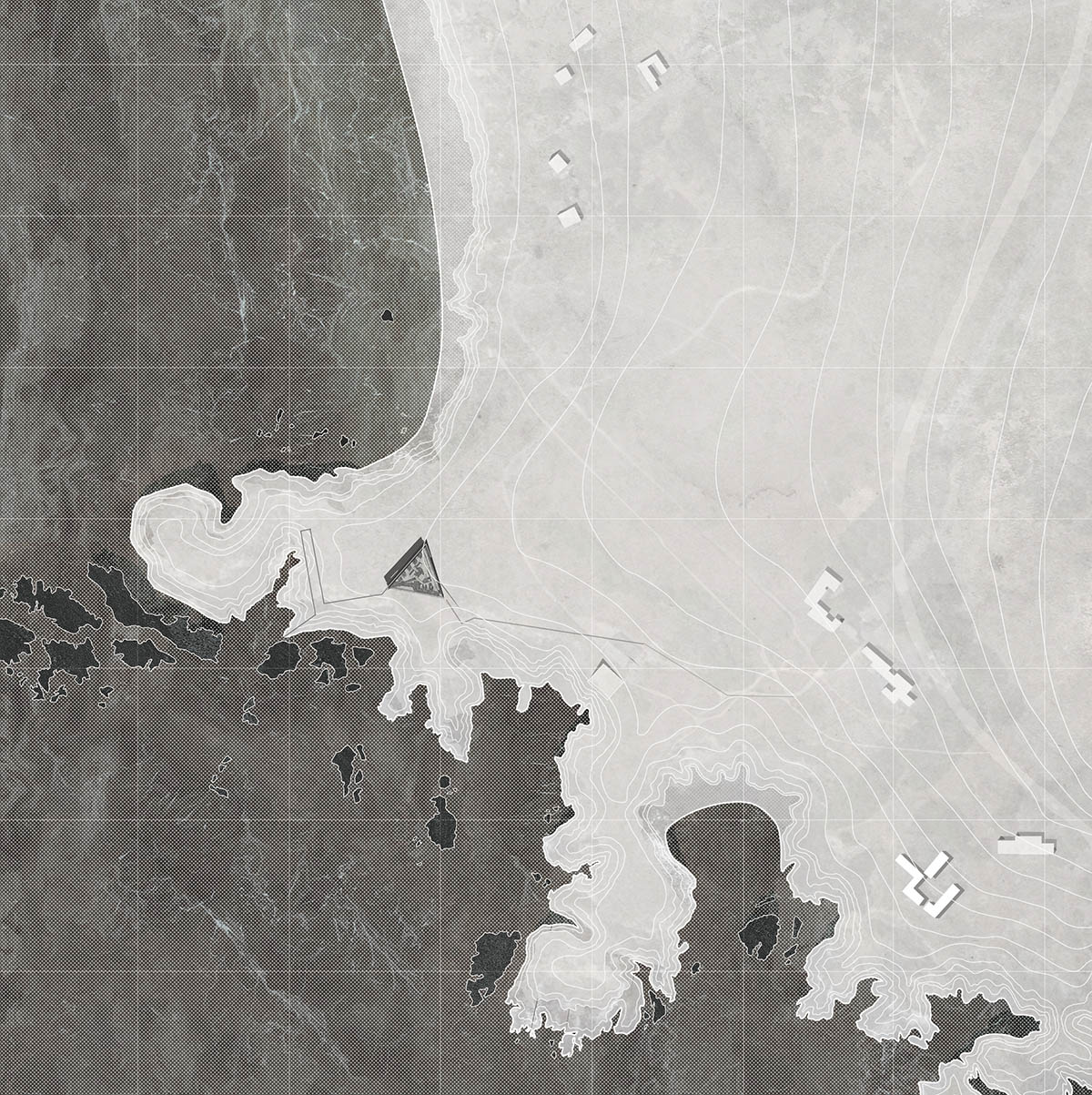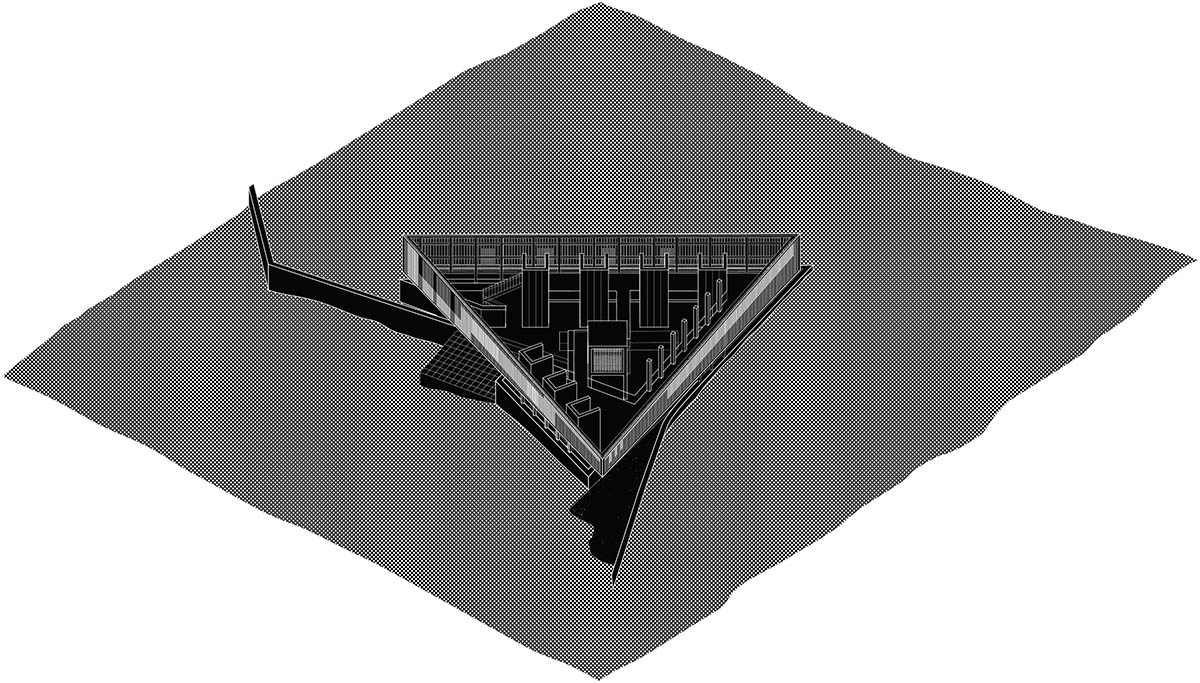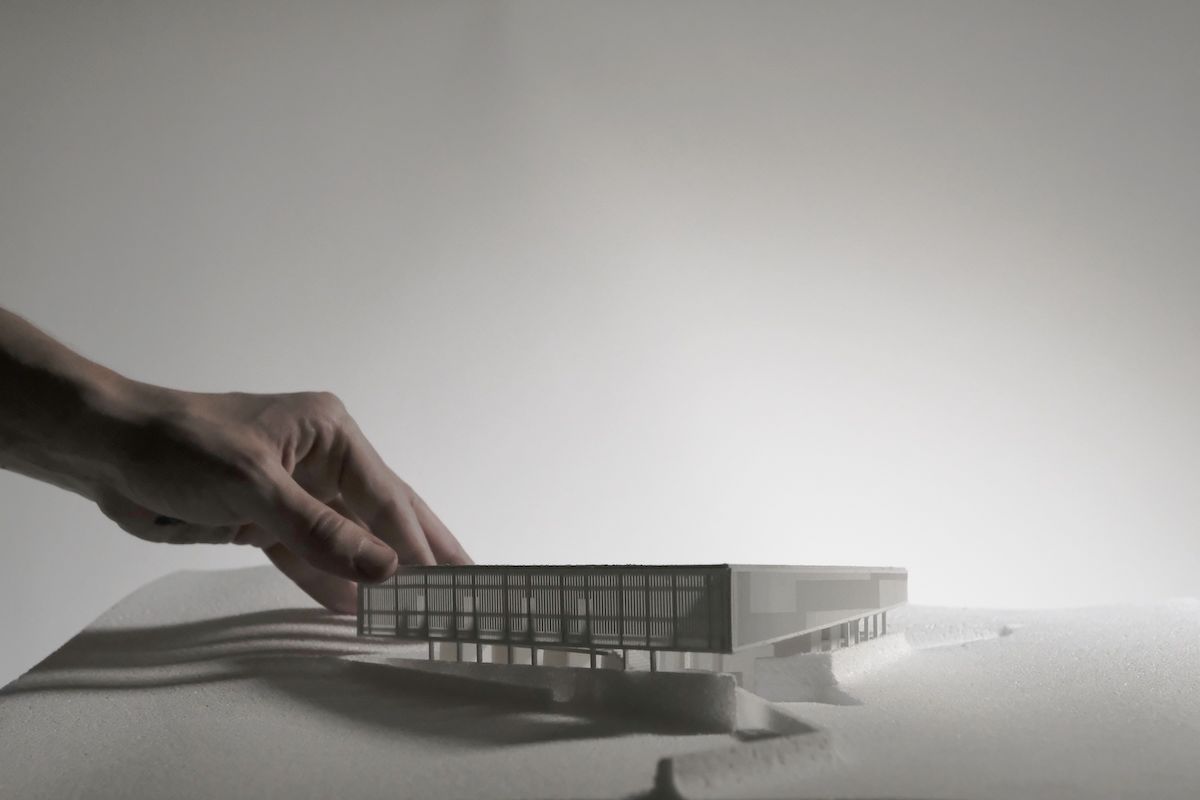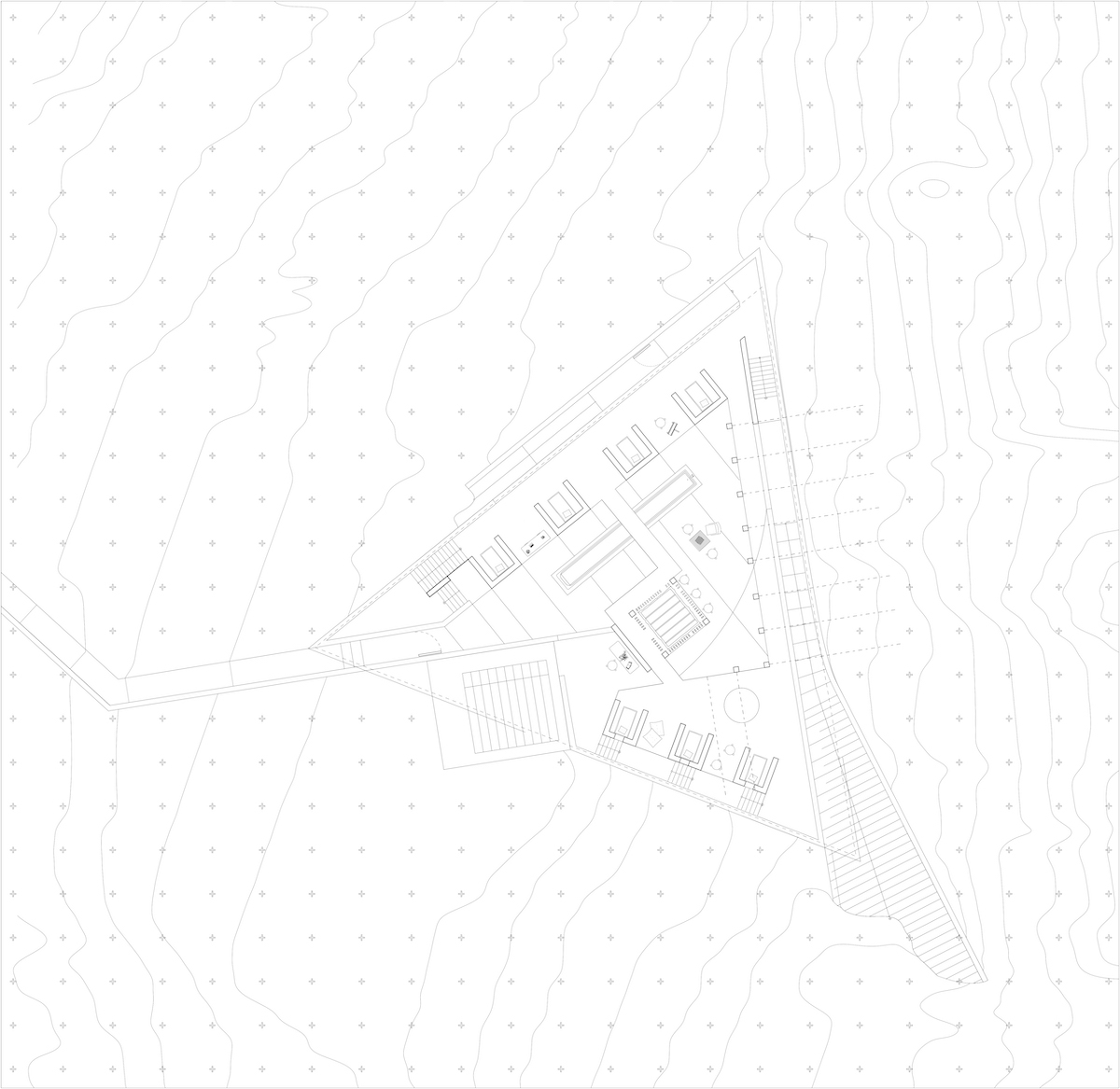Far Niente
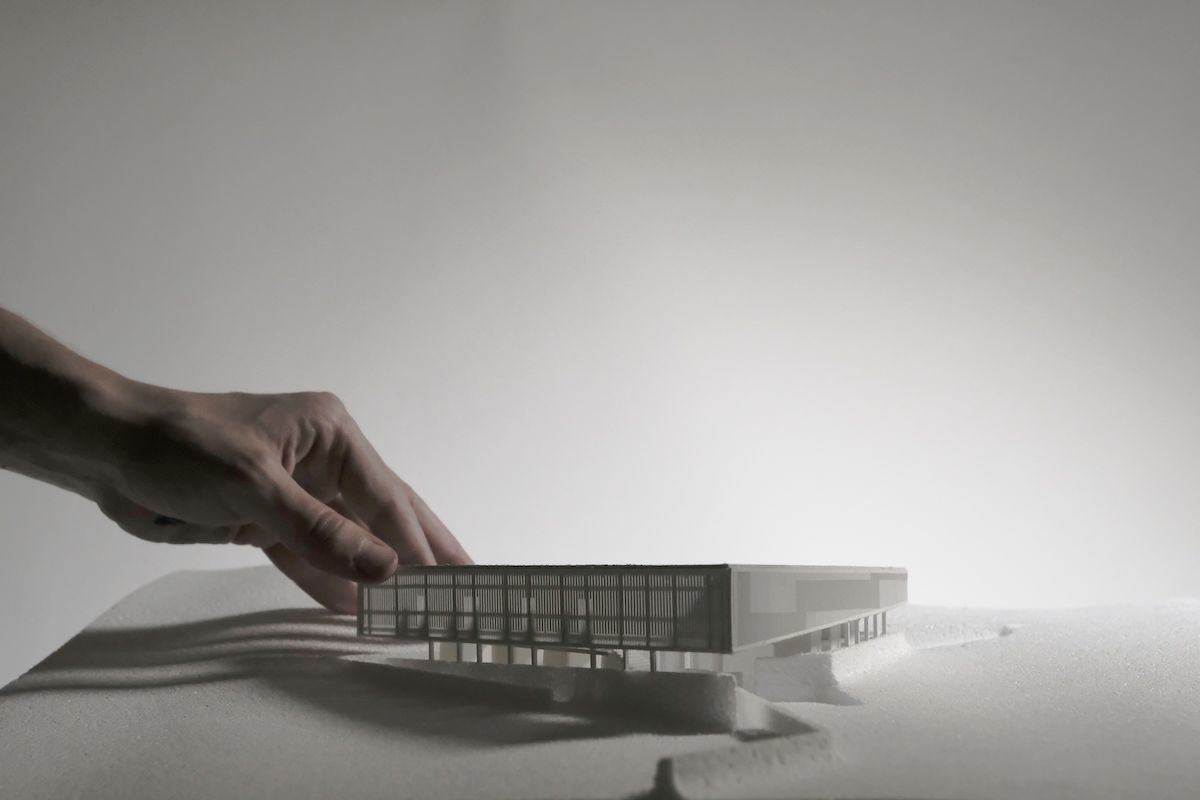
by Alexandros Spentzaris (March II ’19)
Can we think of another, smaller scale of housing?
How can we “live together” instead of “living next to each other?”
Can co-living be more than just a way to decrease domestic costs? Can living together be a value in itself?
The studio focused on small scale housing, mainly concentrating on housing arrangements of 7-12 domestic units. The project focuses on contemporary co-living in Sea Ranch, California. Rejecting co-living as a mere way to reduce domestic costs, the work initiated with an analysis on pre-modern typologies where co-living was an end to itself such as monasteries, mosques, and convents. This analysis formed the main concept for co-living as a super-house; a unified single space where the private and public activities are inextricably intertwined. All of the everyday activities that in the context of the global north are considered dysfunctional or at least useless, are now, in a paradoxical reversal considered to be the necessary condition of communal isolation. “Far Niente” is not a pessimistic project but it rather marks an impossibility of the concept of “stepping back” today. “Far Niente” or “doing nothing” is an active meaninglessness that performs as a counteractivity to a (still) hyper-modernist context, obsessed with efficiency, functionality and objectivity. The apartment is structured as a unified single space divided by mobile elements and curtains. A swimming pool is supposed to give a rhythm of a body’s temporality. All services are performed through the existence of common services that distributes products to the units on demand.
